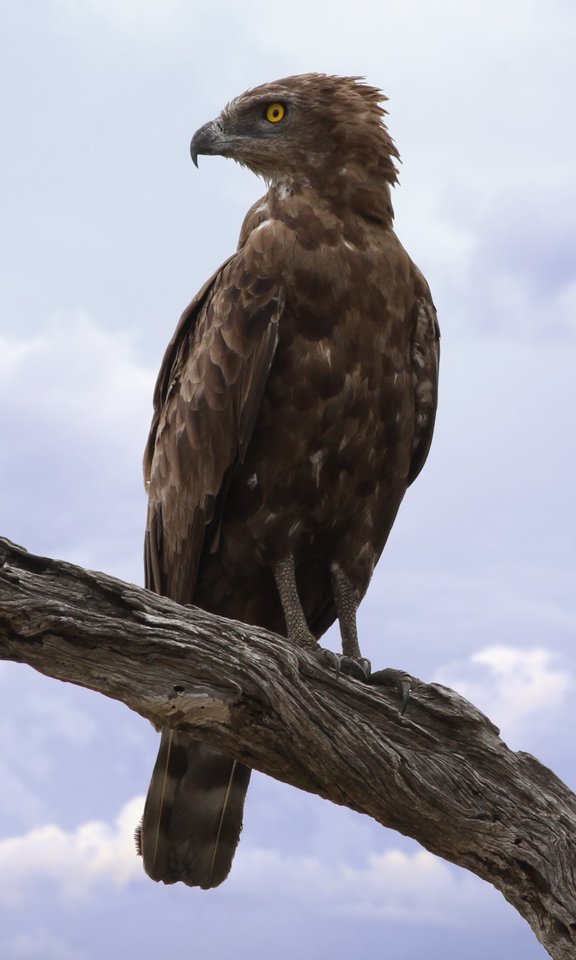Brown snake eagles (Circaetus cinereus) are a large species of bird of prey found in West, East, and southern Africa. Despite their name, they are not exclusively found in desert habitats. Instead, they prefer open woods and wooded savanna, often preferring areas with gullies or wooded hillocks that break up flat areas.
Habitat Preferences of Brown Snake Eagles
Brown snake eagles can be found in a variety of habitats, but they tend to favor the following:
-
Open Woods and Wooded Savanna: These are the primary habitats for brown snake eagles. They prefer areas with a mix of trees and open spaces, which provide the ideal hunting grounds for their snake-based diet.
-
Gullies and Wooded Hillocks: Brown snake eagles often select nesting sites in areas with some topographical relief, such as gullies or wooded hillocks. These features provide them with vantage points to spot prey and potential nesting sites.
-
Elevation Range: Brown snake eagles can be found at elevations ranging from sea level to 2,000 m (6,600 ft) high, demonstrating their adaptability to a variety of environmental conditions.
Feeding Habits and Diet
 Image source: Brown snake eagle By Derek Keats
Image source: Brown snake eagle By Derek Keats
As their name suggests, brown snake eagles are almost obligate predators of snakes. They are known to take both harmless and venomous snake species indiscriminately. Their diet includes a variety of snake species, including:
- Cobras
- Mambas
- Pythons
- Puff Adders
- Grass Snakes
In addition to snakes, brown snake eagles may also occasionally prey on other small vertebrates, such as small mammals, birds, and lizards.
Breeding and Nesting Behavior
Brown snake eagles are solitary birds with a prolonged breeding cycle. They typically raise a single eaglet per breeding season. The nesting process involves the following:
- Nest Construction: Brown snake eagles build large stick nests, often reusing and refurbishing the same nest site year after year.
- Nest Placement: Nests are typically placed in the fork of a large tree, providing a stable and elevated platform for the breeding pair and their offspring.
- Incubation and Chick Rearing: The female brown snake eagle incubates the single egg for around 50 days. Once hatched, the eaglet is cared for by both parents for several months until it becomes independent.
Conservation Status and Threats
The brown snake eagle is classified as a Least Concern species by the International Union for Conservation of Nature (IUCN). This is due to their wide distribution and large range across Africa. However, their populations may be affected by the following threats:
- Habitat Destruction: The conversion of their preferred open woodland and savanna habitats to agricultural land or other human-dominated landscapes can negatively impact brown snake eagle populations.
- Persecution: In some areas, brown snake eagles may be persecuted due to perceived threats to livestock or human activities.
- Declining Prey Populations: Declines in snake populations, due to factors such as habitat loss and human-wildlife conflicts, can also impact the availability of prey for brown snake eagles.
Despite these potential threats, the brown snake eagle remains a relatively widespread and adaptable species across its range in Africa.
Conclusion
In summary, while brown snake eagles are not exclusively found in desert habitats, they do prefer open woods and wooded savanna areas, often with gullies or wooded hillocks. They are not commonly seen in many areas, and their populations may be affected by habitat destruction and other threats. However, they are classified as a Least Concern species due to their wide distribution and large range across Africa.

